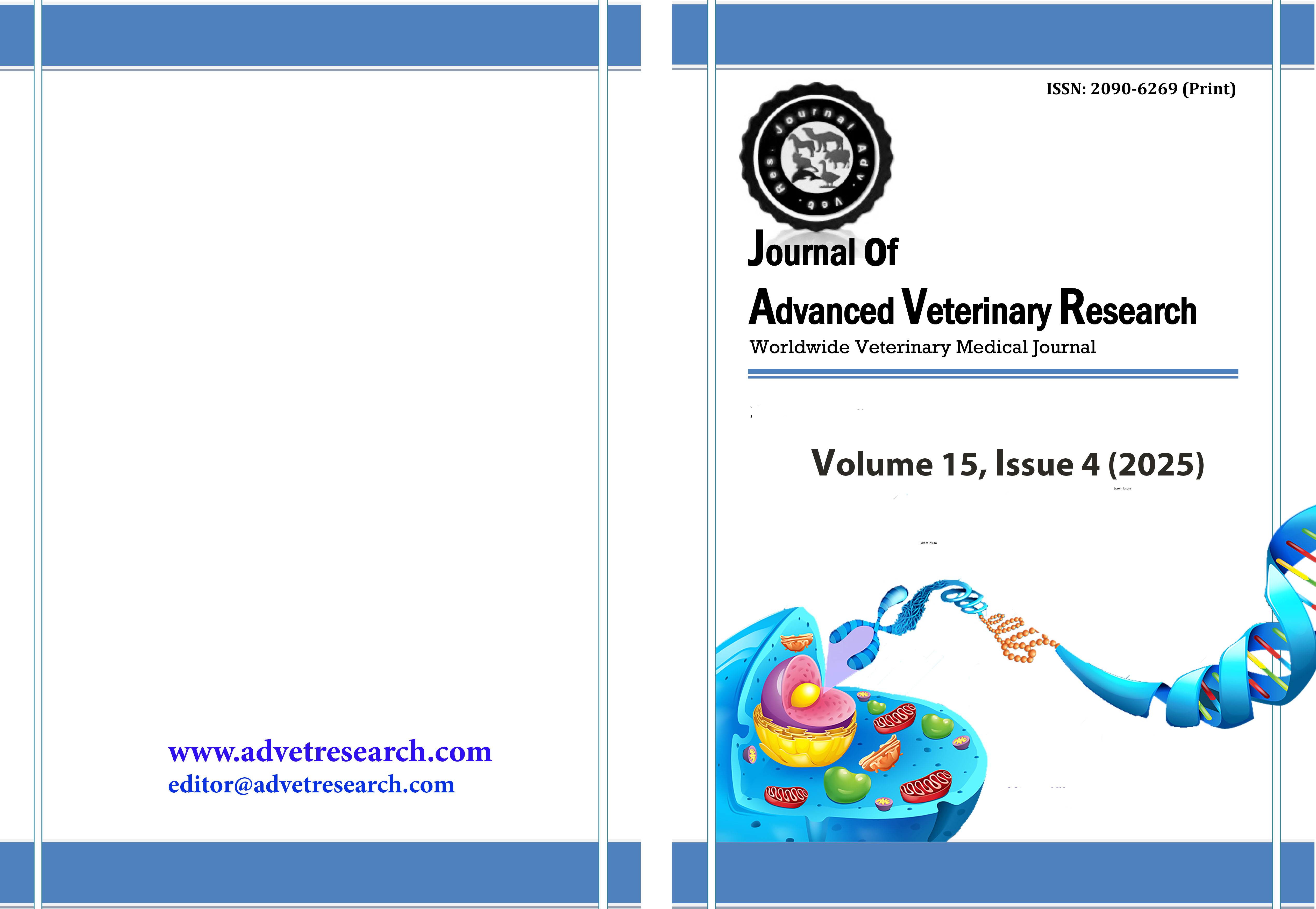Assessment of preservation and nutritional quality in tropical forage silage using an innovative modified silos system
Keywords:
Air Flow, Nutrient, Silage, Modified Silo, Tropical ForageAbstract
This study aimed to evaluate the physical quality of forage silage using a modified silo (MOSI) on a laboratory scale and address common problems in silage production, such as spoilage in the early phase of ensilage, by innovating a silo design that can effectively control airflow. This study used a factorial complete randomized design with two factors: wilting time (0 hours and 2 hours) and vacuum (vacuum and not vacuum). Fresh king grass (Pennisetum purpureum) was used as a forage material, divided into fresh and withered samples. The modified silo (MOSI) was equipped with an air valve to control air flow. Physical quality parameters such as pH, color, odor and texture were analyzed along with chemical composition, including dry matter, organic matter, crude protein and fiber content. The results showed that vacuum conditions significantly improved the physical quality of silage. The highest dry matter and organic matter contents were observed in the vacuum treatment without weathering. The study also found that vacuum conditions reduced spoilage and maintained better color, odor, and texture of silage compared to non-vacuum conditions. The interaction between weathering time and vacuum showed a significant effect on dry matter, organic matter, and crude protein content. Modified silos (MOSI) effectively improve the physical quality of tropical forage silage by controlling airflow and creating optimal anaerobic conditions. This innovation has the potential to reduce spoilage and improve overall silage quality, making it a valuable tool for forage preservation with effective air regulation within the silo during the ensilage process.
Downloads
Published
How to Cite
Issue
Section
License
Copyright (c) 2025 Journal of Advanced Veterinary Research

This work is licensed under a Creative Commons Attribution-NonCommercial-NoDerivatives 4.0 International License.
Users have the right to read, download, copy, distribute, print, search, or link to the full texts of articles under the following conditions: Creative Commons Attribution-NonCommercial-NoDerivatives 4.0 International (CC BY-NC-ND 4.0).
Attribution-NonCommercial-NoDerivs
CC BY-NC-ND
This work is licensed under a Creative Commons Attribution-NonCommercial-NoDerivatives 4.0 International (CC BY-NC-ND 4.0) license




